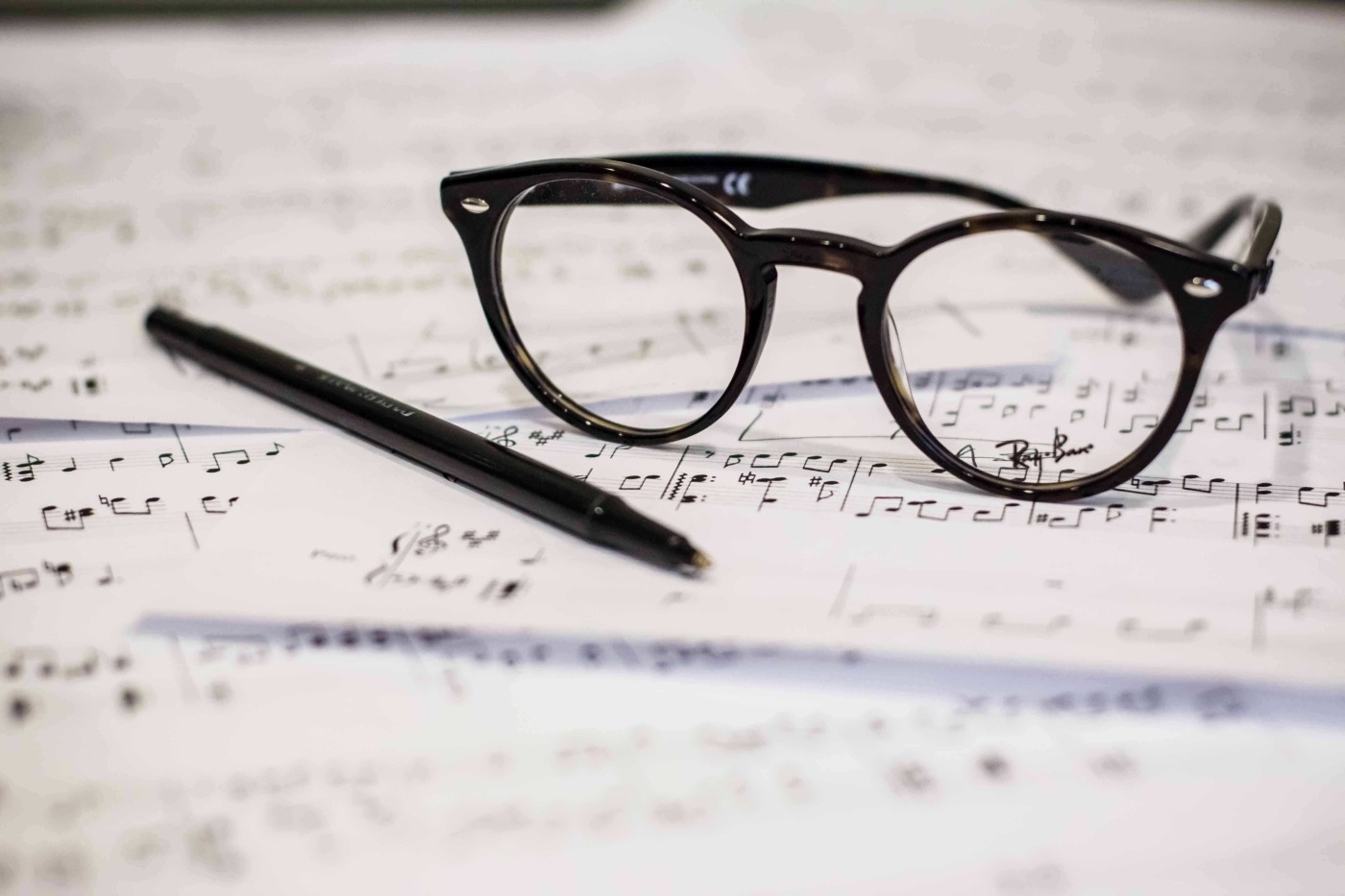Opening the Cabinet – composing a score for ‘Caligari’
Although, by day, I’m a student and writer, I have a side job scoring silent films. I’m lucky to have fallen into this at just the right time – there’s a lot of demand as these films turn 100, and that’s true of my latest job. Here’s a little peek into my process writing a new score for the German horror classic The Cabinet of Dr. Caligari.
There are a number of schools of thought surrounding scoring a silent film. Some think it is best to seek out any original music that may have been used at the time, and restore it. Other composers will write music in the prevailing styles of the time and the country – so, in Caligari for example, they’d write music that you’d have heard in 1920’s Germany. I prefer a more contemporary style, using themes and motifs and seeing their use evolve through the film. The earlier two styles risk being ambient background, music for music’s sake, whereas I want my scores to actively engage with what we’re watching.
The composing process starts with lots of note-taking. I watch the film and write lots down – significant characters, places, recurring themes. I note any particularly important or dramatic moments and chart character arcs, trying to get a general sense of what sort of mood my music should convey. Caligari is a very interesting film in this respect – emerging from the German Expressionist movement of the 1920s, it is full of jagged sets and contrasting lighting to convey emotion. But there’s always the feeling that something isn’t right. It transpires at the film’s climax that nothing we’ve seen is real – rather, it’s all the hallucinations of a mental asylum patient. How do I convey that feeling of something wrong – of complete unreality – in my score?
incorporating the Caligari theme introduces a sense of dread – this is one example of mixing mood with themes to tell the audience what’s going on
After I’ve plotted out the film, I’ll write some themes. These will normally be basic, a few notes or a little musical phrase, that I’ll link to a character or topic. In Caligari, we used a 5/4 march for Dr. Caligari, implying his authoritative power but using an odd time signature to subtly denote something askew. Similarly, there’s a hero motif for our main character, Francis, but it ends on a note that also feels wrong, indicating the ill-fated resolution of his hero’s journey. It’s not just characters, though – I use an aggressive five-note structure for oppressive institutions, and bring it back in force in the final sequence as Francis is revealed to be institutionalised.
Evolving these themes adds character to the score – when Caligari arrives at the Holstenwall Fair, I tweak his theme to make it more carnivalesque, for example. Its use in the score has already implied sinister activities so, by mixing it up in this way, it indicates that his activities at the fair are also worrying. Although there is a jaunty carnival tune, incorporating the Caligari theme introduces a sense of dread – this is one example of mixing mood with themes to tell the audience what’s going on. The score is a good tool for this, particularly in silent film, as it’s necessarily always playing and so it can do a lot (watch a film nowadays, and you’ll notice that typically half of it features no music whatsoever).
The least enjoyable bit of scoring is actually writing the score, but you have to push through
When I have all my notes and all the themes, I’ll sit down at the piano and actually start writing. I’ll normally begin with big scenes in the film (in this case, when Caligari first opens his cabinet to reveal the somnambulist Cesare, or when Cesare tries to murder Francis’ love interest Jane) and, when I’ve got those finalised, work around them. There are two reasons for this. These scenes are generally the most interesting bits to do, and thus the most fun, but there’s also the possibility that I’ll write some musical phrases or use a really good chord, which I can then mix into the score in other points.
Even with all the prep work, I’ll admit that this is hard to do. The least enjoyable bit of scoring is actually writing the score, but you have to push through. When I’m composing, I’ll try to write a minute a day – unless inspiration writes, it’s a matter of writing a couple of seconds at a time, rewinding the film, figuring out a couple more, and so on. I write onto a computer program and, when I’ll done all I want to do, I’ll replay my score and watch in real time, without me playing. If I’m happy with that snippet, I’ll call it a day, and resume on the next. All in all, Caligari took about two months at the piano to finish.
I’ll be honest with you in that I really enjoyed writing Caligari. It’s my fifth silent score and I think it’s the best I’ve ever done – it’s really layered and, despite the need to make it sound off, it’s also quite musically good. I’m really fortunate to have fallen into this job and, with a number of silent scoring jobs on the horizon, I’m already looking forward to the next one.
The Cabinet of Dr. Caligari will be available on all streaming services on March 11

Comments